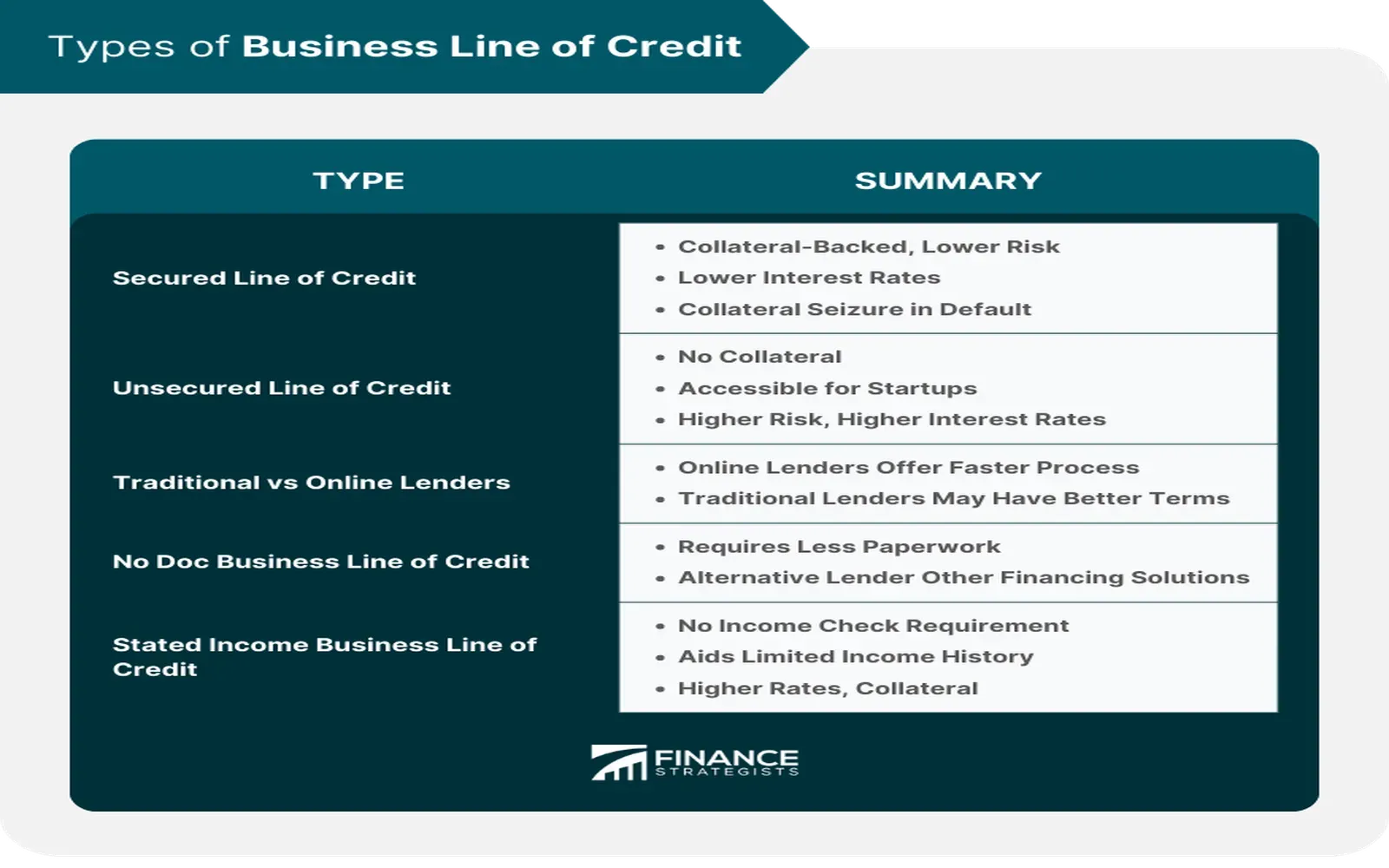Understanding Working Capital Loans
Working capital loans are essential financial tools for businesses looking to cover short-term operational expenses. These loans help bridge the gap between receivables and payables, ensuring that a company can maintain its day-to-day operations without disruption. In 2025, with the evolving financial landscape, understanding how to secure these loans effectively will be crucial for business growth and stability.
1. Assess Your Business Needs
Before seeking a working capital loan, it’s vital to assess your business's specific needs. Determine how much funding you require and for what purpose. This could range from purchasing inventory, covering payroll, or managing unexpected expenses. A clear understanding of your financial needs will help you present a compelling case to lenders.
2. Improve Your Credit Score
Your credit score plays a significant role in securing working capital loans. Lenders typically evaluate your creditworthiness to determine the risk of lending. To improve your credit score, consider paying down existing debts, ensuring timely payments, and correcting any inaccuracies on your credit report. A higher score can lead to better interest rates and loan terms.
3. Prepare Financial Statements
Having up-to-date financial statements is crucial when applying for working capital loans. Lenders will want to see your income statement, balance sheet, and cash flow statement. These documents provide insight into your business's financial health and stability. Make sure these statements are accurate and reflect your business’s performance over the past few years.
4. Explore Different Financing Options
In 2025, businesses have various financing options available beyond traditional banks. Here are some alternatives to consider:
- Online Lenders: Many online platforms offer quick and convenient working capital loans. They often have less stringent requirements compared to traditional banks.
- Peer-to-Peer Lending: This allows businesses to borrow money directly from individual investors through online platforms, often at competitive rates.
- Invoice Financing: This option allows businesses to borrow against their unpaid invoices, providing immediate cash flow.
- Merchant Cash Advances: Businesses can receive a lump sum payment in exchange for a percentage of future sales, although this can come with high fees.
5. Build Strong Relationships with Lenders
Establishing a good relationship with potential lenders can significantly enhance your chances of securing working capital loans. Attend networking events, engage with lenders on social media, and maintain open communication. A strong rapport can lead to more favorable terms and quicker approvals.
6. Understand Loan Terms and Conditions
Before signing any agreement, it’s crucial to thoroughly understand the terms and conditions of the working capital loans you’re considering. Pay attention to:
- Interest Rates: Compare rates from different lenders to ensure you secure the best deal.
- Repayment Terms: Understand the repayment schedule, including the frequency and amount of payments.
- Fees: Be aware of any hidden fees that may apply, such as origination fees or prepayment penalties.
7. Leverage Technology
In 2025, technology continues to play a vital role in securing working capital loans. Utilize financial management software to track your cash flow and expenses. Many platforms also provide insights into your financial health, helping you make informed decisions when seeking loans. Additionally, online lenders often use advanced algorithms to assess creditworthiness quickly, potentially speeding up the approval process.
8. Prepare for the Future
As you secure working capital loans, it’s essential to have a plan for future growth. Consider how you will utilize the funds to enhance your business operations and improve profitability. This may involve investing in new technology, expanding product lines, or entering new markets. A well-thought-out strategy will not only help you secure loans but also ensure their effective use.
Conclusion
Securing working capital loans in 2025 requires a strategic approach that involves understanding your business needs, improving your creditworthiness, and exploring various financing options. By adopting these strategies, you can position your business for success and maintain financial stability in an ever-changing market. Remember, the key to securing the right financing lies in thorough preparation and informed decision-making.
Chart: Comparison of Working Capital Loan Options
| Loan Type | Pros | Cons |
|---|---|---|
| Bank Loans | Lower interest rates, longer repayment terms | Longer approval process, strict requirements |
| Online Lenders | Quick approval, flexible terms | Higher interest rates, potential fees |
| Invoice Financing | Immediate cash flow, easy application | Fees can be high, dependent on invoices |
| Merchant Cash Advances | Fast funding, easy qualification | High costs, daily repayments can strain cash flow |









